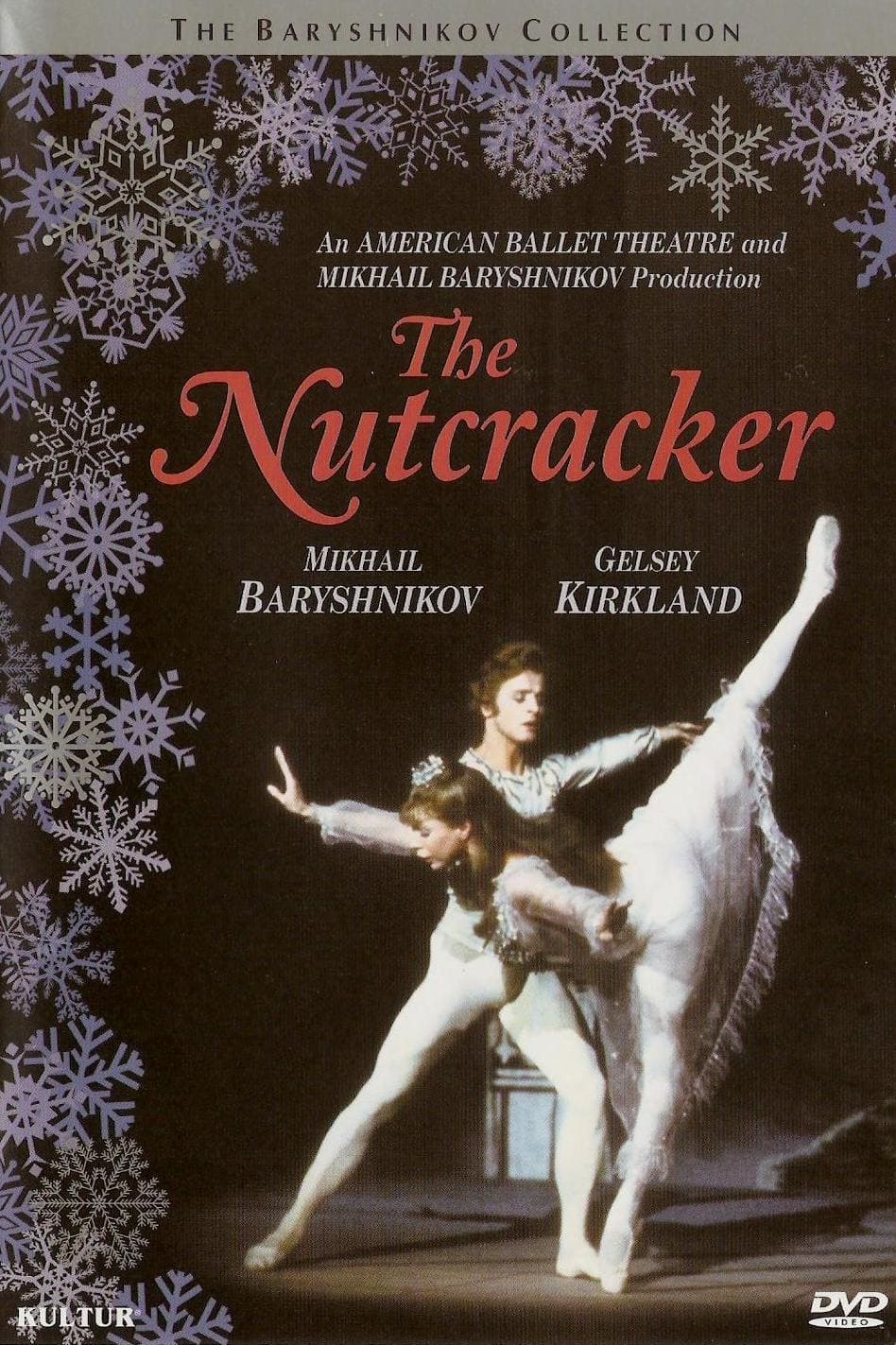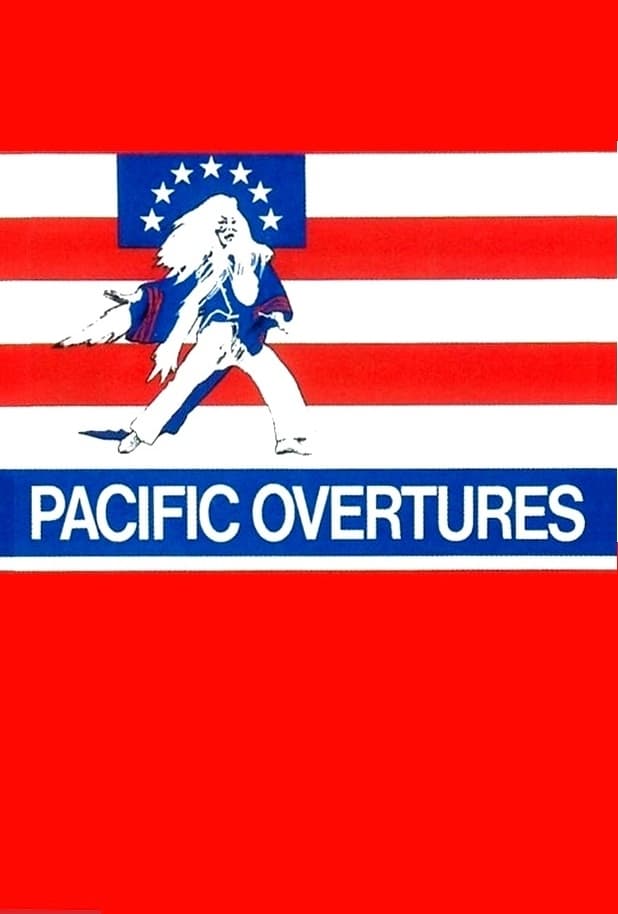Biography
Boris Aronson (October 15, 1898 – November 16, 1980) was an American scenic designer for Broadway and Yiddish theatre. He won the Tony Award for Scenic Design six times in his career. The son of a Rabbi, Aronson was born in Kiev, in the Russian Empire (in present-day Ukraine), and enrolled in art school during his youth. Aronson became an apprentice to the designer Aleksandra Ekster, who introduced him to the directors Vsevolod Meyerhold and Alexander Tairov, who influenced him. These three theatre and art veterans were advocates of the Constructivist school in Russia, as opposed to Stanislavski's form of Realism, and they convinced Aronson to embrace the Constructivist style.
Aronson worked for some years in Moscow and Germany. In Berlin he exhibited at the seminal Van Diemen Gallery "First Exhibition of Russian Art", alongside the Constructivists El Lissitzky and Naum Gabo, which introduced Constructivism to the West. He wrote two books in Berlin, on Marc Chagall and Jewish graphic art, before he obtained an Immigrant Visa for America in 1923. He moved to the Lower East Side in New York City and began designing sets and costumes for the more experimental of the city's Yiddish theatres, including the Unser Theater, the Schildkraut Theatre, and most notably Maurice Schwartz's Yiddish Art Theatre. He achieved fame in New York's Jewish community when he designed Schwartz's 1926 revival of Abraham Goldfaden's play The Tenth Commandment. Although he shunned politics, Aronson produced sets for the Communist affiliated ARTEF (Arbeiter Teater Farband, Workers' Theatre Union), such as Lag Boymer and Jim Kooperkop in 1930. However, he soon after left the Yiddish Theatre to prevent his work's "ghettoization", and debuted on Broadway, in 1932, with a revival of Vernon Duke and Yip Harburg's Walk a Little Faster. During the 1930s, he worked on productions by the Group Theatre, including works by Clifford Odets and Irwin Shaw.
From 1934 to 1952, Aronson designed scenes, costumes, and lighting for thirty-four plays and three musicals on Broadway (including his design for what is considered to be the first "concept musical", Kurt Weill and Alan Jay Lerner's Love Life), but those successes were overshadowed by his work for the original 1953 production of The Crucible and the 1955 The Diary of Anne Frank (a play by Frances Goodrich and Albert Hackett based on Anne Frank: The Diary of a Young Girl). He continued work on Broadway into the 1960s and 1970s with musicals including Do Re Mi, Fiddler on the Roof (for which Aronson returned to his earlier experience with Jewish theatre), Cabaret, Zorba, Company, Follies, A Little Night Music, and Pacific Overtures. He won the Drama Desk Award for Outstanding Set Design three times.
In 1945, he married designer Lisa Jalowetz Aronson (1920–2013), the daughter of music conductor Heinrich Jalowetz. She helped Boris with the design of many of his productions.Aronson designed sets for the Metropolitan Opera and ballet companies, including the production of The Nutcracker choreographed by Mikhail Baryshnikov. He was also a non-theatrical artist, working as a painter and sculptor. At the time of his death in 1980, he was a member of New York's theatre and art community and one of its designers. Aronson's wife was Lisa Jalowetz, who worked on many of Aronson's shows as his assistant.
In 1979, a year before his death, Aronson was inducted into the American Theater Hall of Fame.
Filmography
Ratings
Information
Known ForArt
GenderMale
Birthday1899-10-15
Deathday1980-11-16 (81 years old)
Birth PlaceNizhyn, Ukraine
CitizenshipsUnited States of America
AwardsTony Award for Best Scenic Design, Guggenheim Fellowship
This article uses material from Wikipedia.
 Boris Aronson
Boris Aronson- Filmography
- Information


